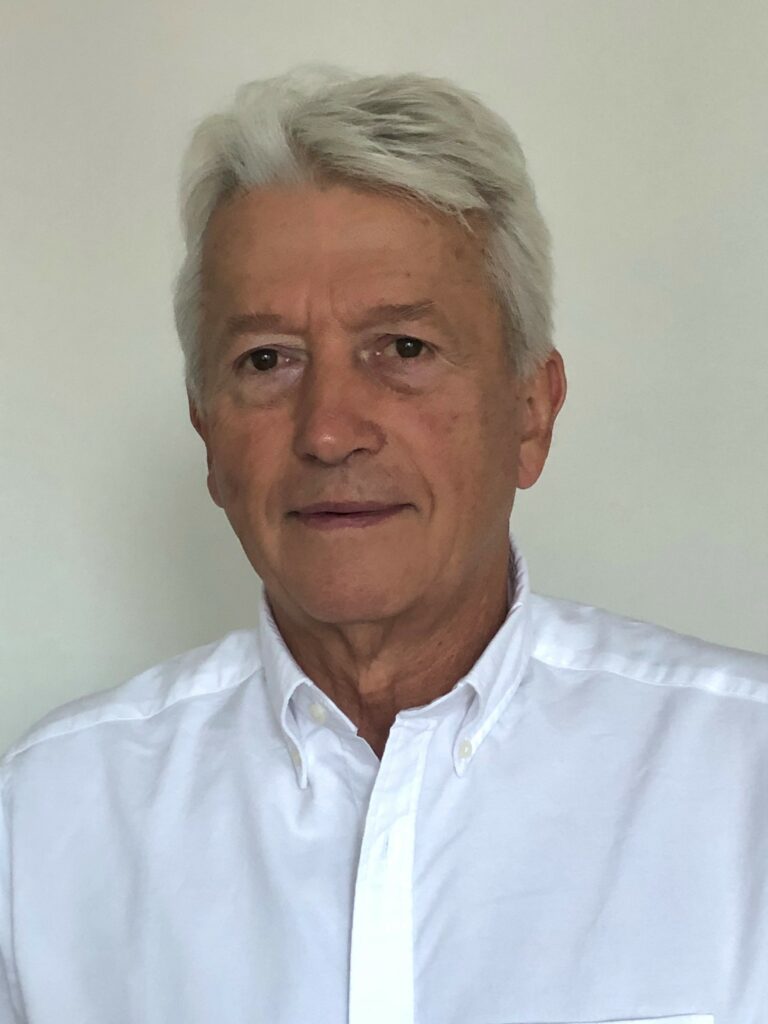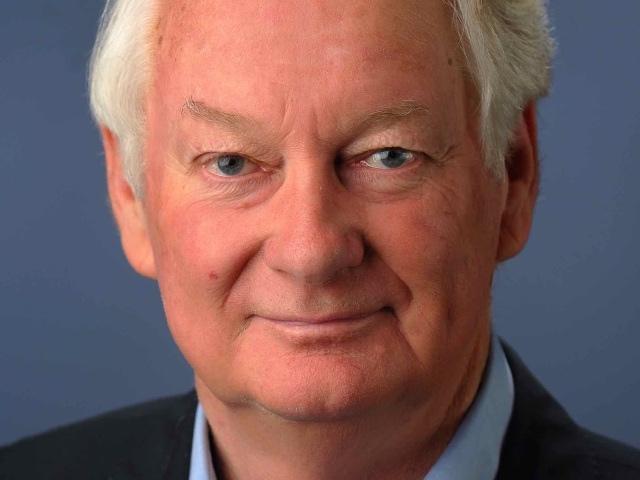The Royal Swedish Academy of Sciences has decided to award the Gregori Aminoff Prize 2021 to Henry Chapman, University of Hamburg, Germany, Janos Hajdu, Uppsala University, Sweden, and John Spence, Arizona State University, USA, “for their fundamental contributions to the development of X-ray free electron laser based structural biology”.
Proteins are large molecules, macromolecules, that control most processes in cells and organisms, making them the target of nearly all therapeutic drugs. The crystals that are formed by proteins can diffract X-rays, allowing detailed, atomic-level information about their molecular structure to be determined using crystallography.
This is vital for understanding how proteins function and can help with the development of novel and improved drugs. However, protein crystals are often very small and sensitive, so are destroyed before enough diffracted X-rays can be measured.
Pioneers in development
X-ray free electron lasers (XFEL) are large instruments that generate extremely bright X-ray light in ultra-short pulses. Henry Chapman, Janos Hajdu and John Spence are pioneers in the development and application of XFELs in the study of biological macromolecules, especially proteins. Thanks to the intense X-rays generated in a single short pulse from an XFEL, the structure of highly sensitive protein samples can be obtained using an experimental approach called “diffraction before destruction”, where diffraction data is generated and recorded before the crystal explodes, so allowing their structure to be determined.
This has now been done for various proteins that function as surface receptors on human cells, opening the way for new pharmaceuticals to be developed.
Improved understanding
The short pulses from an XFEL also allow the study of extremely rapid reactions that are catalysed by proteins and radiation-sensitive reactions. One example of this is the key enzyme in photosynthesis, photosystem II, where XFEL allows the structure determination of intermediate molecules, ones that are created and changed during the reaction.
This, for example, has improved the understanding of how atmospheric oxygen is generated from water in plants, in a reaction that provides energy for the fixation of atmosphere carbon dioxide.
FACTS Laureates
Henry Chapman, Professor at Centre for Free-Electron Laser Science, University of Hamburg, Germany.
Janos Hajdu, Professor of Molecular Biophysics, Uppsala University, Sweden.
John Spence, Richard Snell Professor of Physics at Arizona State University, USA.
The Gregori Aminoff Prize
The Royal Swedish Academy of Sciences awards the Gregori Aminoff Prize in crystallography every year. Crystallography is the study of atomic structures in solid materials and is used in chemistry, biology, medicine, geology and materials science.
The prize should reward a documented, individual contribution in the field of crystallography. It has been awarded to Swedish and foreign researchers since 1979. The prize amount is 80,000 Swedish kronor.
Contact
Pär Nordlund,
Chairman of the Prize Committee,
par.nordlund@ki.se,
+46 (0)70 433 6688
Press Contact
Eva Nevelius,
Press Secretary at the Royal Swedish Academy of Sciences,
eva.nevelius@kva.se,
+46 (0)70 878 6763


